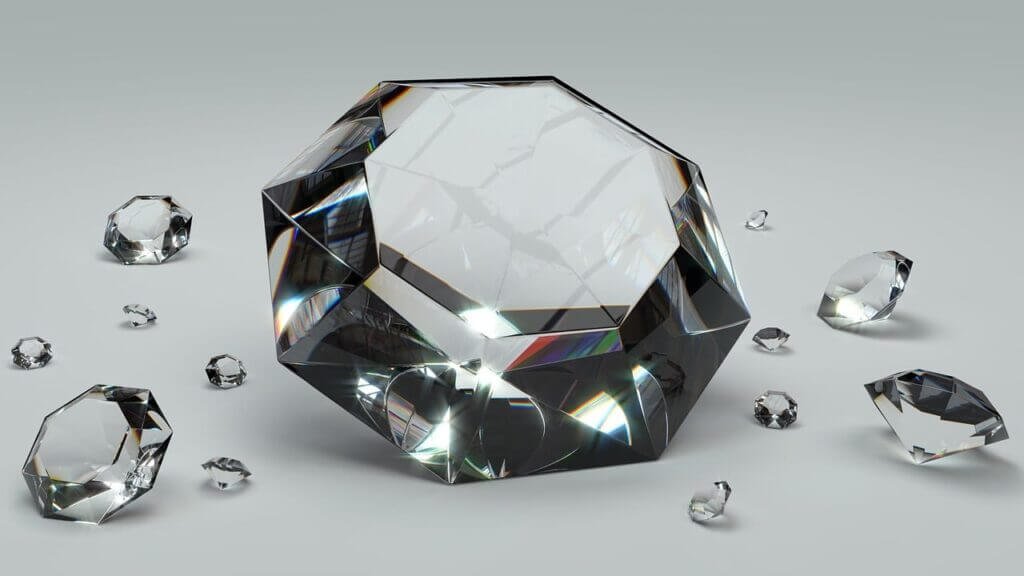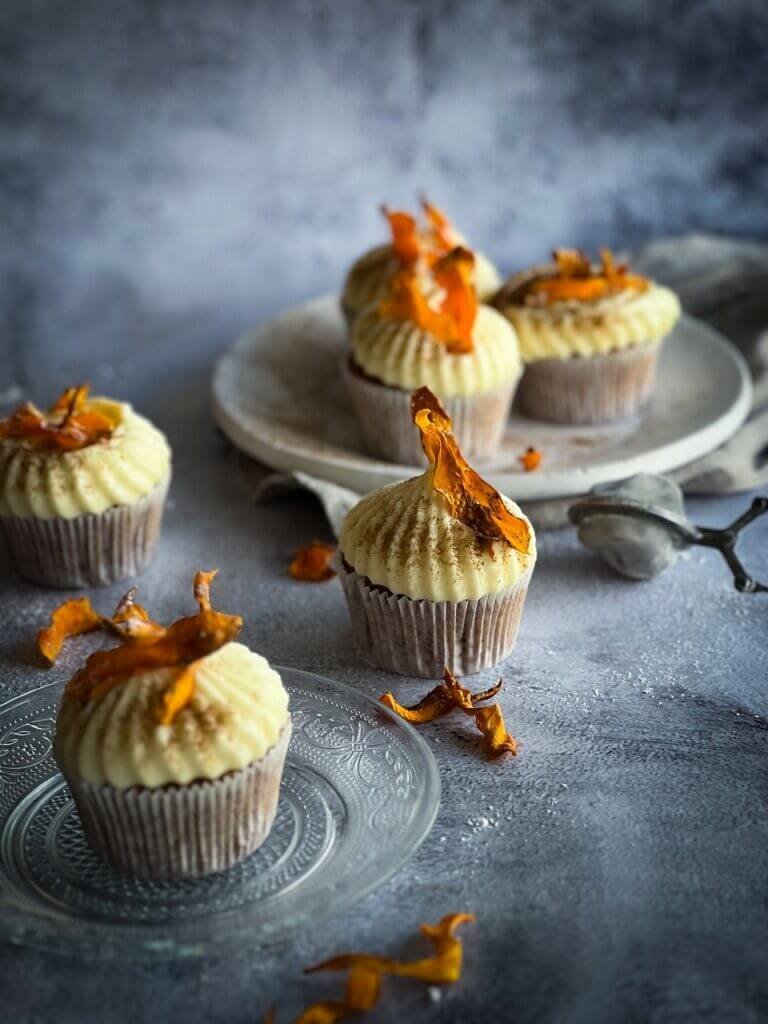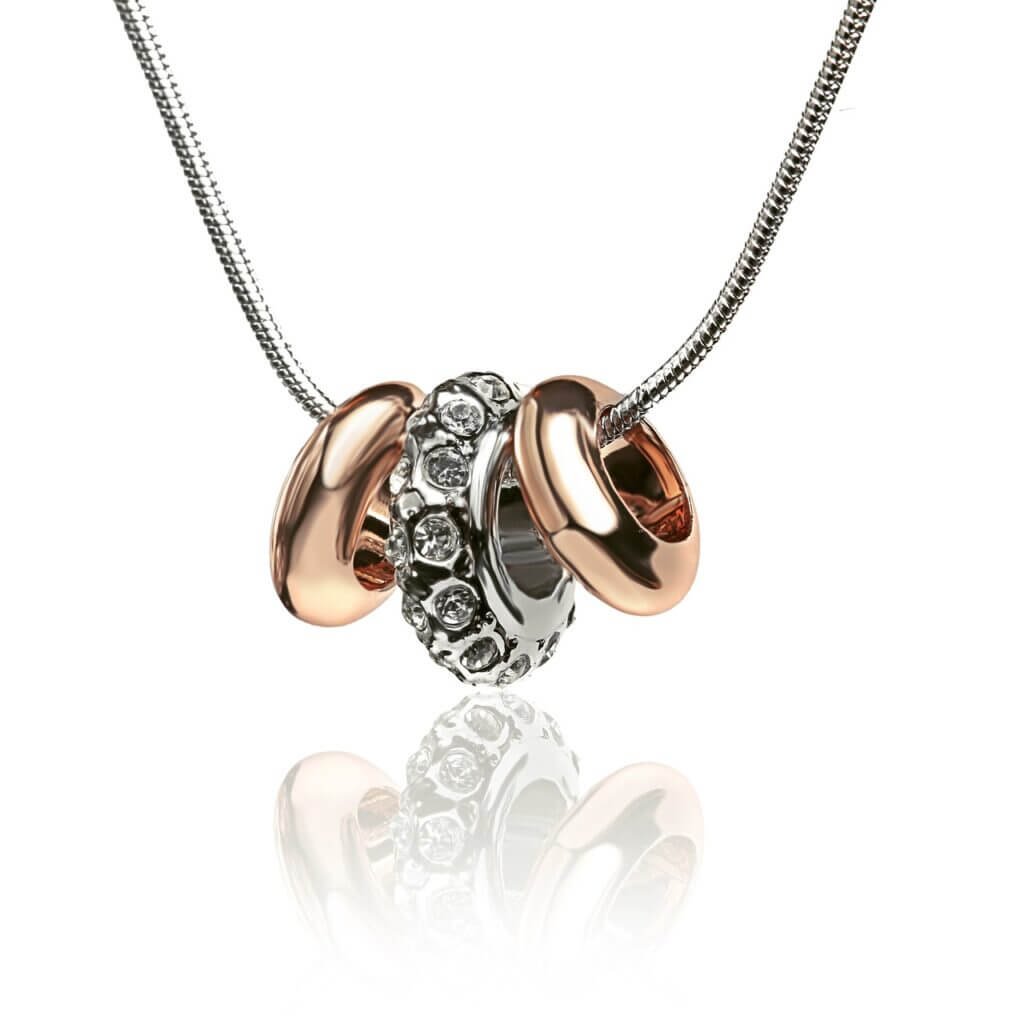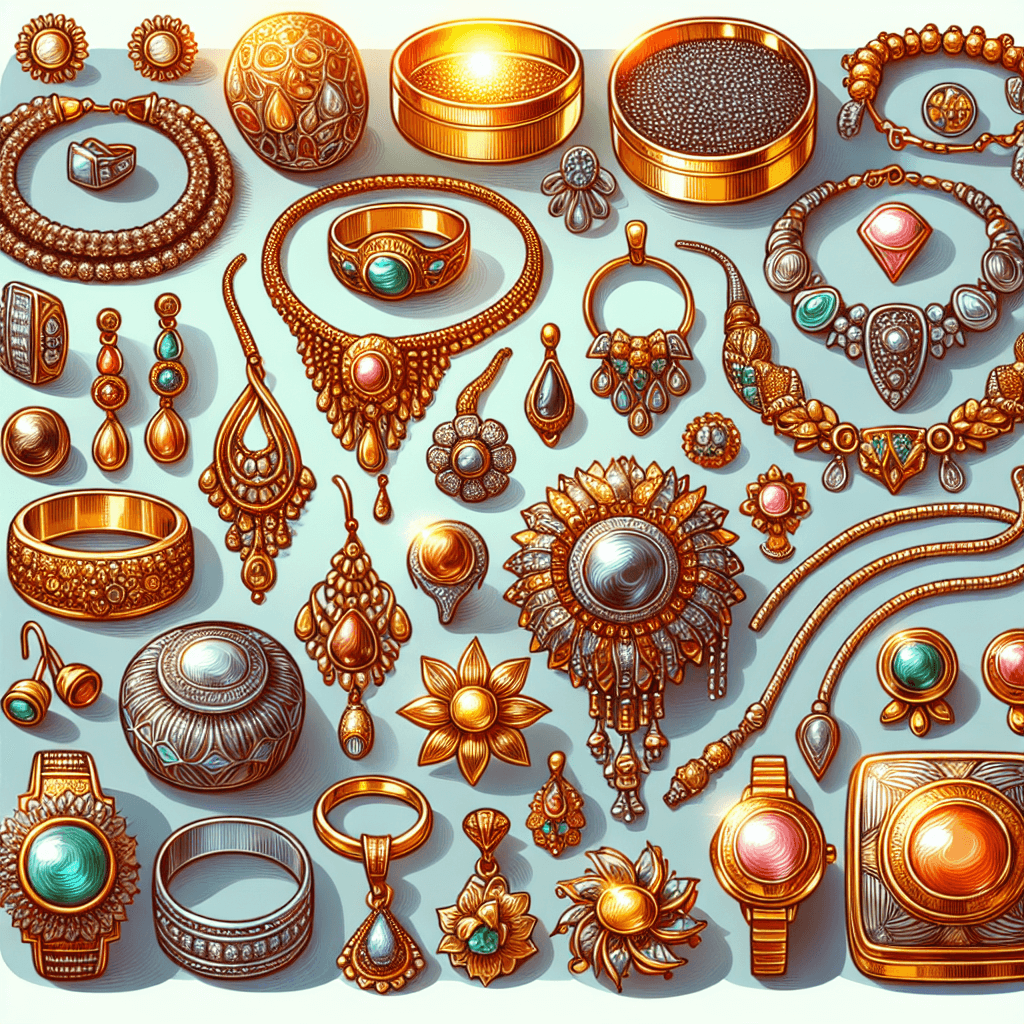Does Custom Jewellery Tarnish? Exploring The Facts
Does Custom Jewellery Tarnish? Exploring The Facts. If you’ve ever wondered if that personalized ring or charm necklace may lose its shine over time, “Does Custom Jewellery Tarnish? Exploring The Facts” is just the read for you. This article seeks to shed light on the curious case of custom jewellery and tarnishing. Fear not, because you’re about to unravel the mysteries behind what causes custom pieces to lose their luster and learn some pretty handy tips on how you might prevent such predicaments. The goal is to keep your cherished pieces in top-notch condition for years to come. Are you ready to protect your precious investments? Great, let’s begin!

Understanding Jewellery Tarnishing
Jewellery tarnishing is a common issue that many individuals encounter when dealing with prized pieces of adornment, especially those made from precious and semi-precious metals. But what exactly is tarnishing?
Defining what tarnish is
Tarnish is a thin layer of corrosion that forms over metals, particularly silver, as their outermost layer undergoes a chemical reaction. Tarnishing is a natural process and given an enough time, it occurs on all silver and its alloys. This black, green, or gray discoloration is not a sign that your treasures are in trouble; rather, it’s a reality of the science behind your accessories.
Chemical process behind tarnishing
Tarnishing is a chemical reaction between a metal and a nonmetal compound, especially an oxide, sulfide, or sulfate. In simpler terms, tarnishing is the process of metal reacting with the elements in the air or water to produce a compound known as ‘tarnish’. For example, when silver comes into contact with sulfur, it forms silver sulfide – the black substance often seen on the surface of silver objects.
Factors contributing to tarnishing
Multiple factors contribute to the tarnishing of jewellery. They include the type of metal being used, how that piece of jewellery is stored, the environmental conditions where the jewellery is kept, how frequently the piece is worn, and the wearer’s body chemistry. Other factors such as exposure to perfume, makeup, and sweat can increase the speed at which a piece of jewellery tarnishes.
Material and Tarnishing
Are all materials equally prone to tarnish? Do both precious and non-precious metals tarnish equally?
Difference between precious and non-precious metals
Precious metals, such as gold, silver, and platinum, are considered more precious because they are more rare and more expensive than non-precious metals. However, this does not mean that they are immune to tarnishing. Silver, for example, tarnishes quicker than many other metals. Non-precious metals like iron, copper and aluminum can corrode and rust, which is akin to tarnishing in precious metals.
Effect of metal composition on tarnishing
The rate at which different metals tarnish is determined by their specific chemical properties. Metals that are highly reactive -like copper and silver- tarnish more quickly. They react with sulfur and other substances in the air to create a layer of tarnish. On the other hand, less reactive metals like gold and platinum tarnish more slowly.
Common materials used in custom jewellery
In custom jewellery, various materials are used depending on the design and requirement. Common materials used include gold, silver, platinum, and alloys. Gemstones like diamonds, rubies, sapphires, and emeralds are used to give an exclusive look to the custom jewellery.

Custom Jewellery and Tarnishing
You might wonder, what’s different with custom jewellery? Does it tarnish in the same way as off-the-shelf options?
Does custom jewellery tarnish?
The truth of the matter is that custom jewellery can and does tarnish, much like any other type of jewellery. The speed and severity of tarnishing depend on the composition of the metal, the finish of the piece, and how it’s cared for.
Factors causing custom jewellery to tarnish
As with traditional jewellery, different factors contribute to the tarnishing of custom jewellery. The materials used, craftsmanship, your skin’s pH level, and even cosmetics you use can all play a part. Further, certain lifestyles also contribute significantly to how quickly your custom jewellery may tarnish.
Influence of craftsmanship on tarnishing
Craftsmanship plays an important role in determining how and when a piece will tarnish. When custom jewellery is carefully crafted, there are extra measures taken during the creation process that may slow down the inevitable tarnishing process. These can include the type of material used, the finish applied, and how the piece is sealed.
Role of Finish in Tarnishing
You might not realize it, but the type of finish on your custom jewellery can contribute significantly to how quickly it tarnishes. Let’s delve a bit deeper.
Purpose of jewellery finish
A finish can serve several purposes – it can enhance the look of the jewellery, highlight specific design elements, and provide a layer of protection against wear and tear. In the context of tarnishing, a finish serves as a protective coating, creating a barrier between the metal and elements that can cause tarnishing.
Types of finish and their resistance to tarnish
There are various types of finishes available, each with its own level of resistance to tarnish. For example, a rhodium-plated finish on silver jewellery can offer a substantial level of protection against tarnish. Similarly, a clear lacquer finish can also prevent tarnishing by separating the metal surface from the air and slowing down the chemical reaction process.
Applying finish during custom jewellery creation
When crafting custom pieces, a finish is typically applied towards the end of the creation process. Each piece of metal is separately cleaned and polished before a finish is applied. This is a meticulous process that can influence not just the beauty, but also the longevity of the piece.

Impact of Care and Maintenance
The more you care for your jewellery, the more it will shine. Proper care and maintenance are essential to extending the lifespan of your custom jewellery and slowing down tarnish.
Routine care for custom jewellery
Routine care for custom jewellery can include several steps, such as regular cleaning with mild soap and water, drying thoroughly after cleaning, storing in a dry and airtight place when not in use, and removing jewellery when applying cosmetics or engaging in physical activities.
Methods to reduce or prevent tarnish
To reduce or prevent tarnish, consider adding an anti-tarnish strip in your jewellery box. You can also clean your pieces regularly using a soft polishing cloth or a mild jewellery cleaning solution designed for your specific type of metal.
Role of professional cleaning
Sometimes, it’s important to turn to professionals for help. Regular professional cleanings can ensure that your custom jewellery pieces are thoroughly cleaned and checked for any potentially hidden issues, like loose settings or damages. It can also add an extra layer of polish that can protect against tarnishing.
Examining the Durability of Custom Jewellery
You may have wondered how long your custom jewellery will last. The answer, in large part, depends on the type of metal, craftsmanship, and level of care you provide.
Lifespan of custom jewellery
Custom jewellery is designed and crafted to be durable and last a long time. With proper care and maintenance, quality custom pieces can become heirlooms handed down from one generation to the next.
Effect of tarnish on durability
While tarnish may affect the appearance of your custom pieces, it does not negatively impact their lifespan. In most cases, tarnish is superficial and has no impact on the stability or the structure of the piece.
Comparing durability between custom and mass-produced jewellery
In comparison to mass-produced pieces, custom jewellery tends to be more durable. This is because they are usually crafted with more attention to detail and made from high-quality materials, reducing the chances of immediate tarnishing or damage.

Debunking Myths about Tarnishing
Tarnishing is often misunderstood. Let’s shine a light on some common misconceptions.
Common misconceptions about tarnishing
Common myths about tarnishing include the belief that only cheap or fake metals tarnish when in reality, all metals tarnish over time. Another myth is that if jewellery is real gold, it won’t tarnish, but even real gold can tarnish if it’s not pure 24k gold or if it’s a gold alloy.
Does tarnishing indicate poor quality?
Tarnishing does not necessarily imply a lack of quality in your jewellery. More accurately, it’s a natural process that occurs in many metals. Even the finest silver and gold jewellery can tarnish over time.
Truth about ‘tarnish-free’ jewellery
While some pieces may be marketed as ‘tarnish-free’, the truth is that no metal is completely immune to tarnish. So-called ‘tarnish-free’ pieces are typically made from metals that tarnish at a slower rate or have been treated with a protective finish.
Tarnishing and Skin Reactions
Can tarnished jewellery cause reactions in some individuals? Let’s dig a little deeper. Unveiling the Secrets: What Makes Jewellery Look Expensive?
Can tarnished jewellery cause skin reactions?
In some instances, tarnished jewellery can cause skin reactions, particularly if the jewellery contains certain metals to which the wearer is sensitive. Common reactions can include rashes, discoloration, and itchiness.
Preventing skin reactions from custom jewellery
If you’re worried about skin reactions, be sure to choose hypoallergenic metals for your custom pieces. Additionally, regular cleaning of your jewellery not only keeps it looking its best but can also help to reduce the risk of skin irritation.
What to do if reaction occurs
If a reaction occurs, it’s best to remove the jewellery item immediately. You may need to seek medical advice if the irritation continues. Once the issue is resolved, consider having the piece cleaned professionally or reframed with a more suitable metal if necessary.

Restoring Tarnished Custom Jewellery
Is it too late if your cherished piece has already tarnished? Not at all, let’s explore some restoration options.
Is it possible to restore tarnished custom piece?
Absolutely! Tarnished jewellery can indeed be restored to its former glory. Professional jewellers or experienced artisans can assist in removing tarnish and restoring shine.
Professional restoration vs DIY
While there are numerous DIY methods available to clean tarnished jewellery, enlisting the help of a professional can ensure a safe and thorough cleaning process that is appropriate for your specific piece. An expert is best suited to handle delicate, intricately designed pieces, or jewellery adorned with precious stones.
Precautions while restoring
While restoring your tarnished piece, precautions should be taken to avoid any harm to the piece or yourself. Tips include using gentle cleaning solutions, soft cloths, and taking care to avoid damaging any stones or delicate details. It’s advisable to seek professional help for any valuable or deeply sentimental pieces.
Conclusion: Enjoying Custom Jewellery Responsibly
Tarnishing is a natural process, and with a bit of care and maintenance, you can slow it down and enjoy your unique jewellery pieces for generations to come.
Accepting tarnish as a natural process
While tarnish may be daunting at first, understanding that it’s a natural process that happens to all metals can help alleviate some concern. Regular care and cleaning will help minimize the effects of tarnish.
Importance of proper care and maintenance
Good practices such as keeping your jewellery clean, giving it occasional professional care, and storing it in a dry, airtight place can minimize tarnish and ensure your custom jewellery retains its charm for a longer period.
Values and benefits of custom jewellery despite tarnish
A little tarnish does not diminish the beauty or value of custom jewellery. Each piece tells a story and carries with it a meaningful memory or a symbol. The personal touch that custom jewellery offers is unmatched, and with the right care, it will remain a cherished possession for years to come.
So, even though your custom jewellery may tarnish over time, remember that it doesn’t diminish its beauty or value. With a little bit of knowledge, care, and attention, you can keep your pieces looking their best for many years to come.



